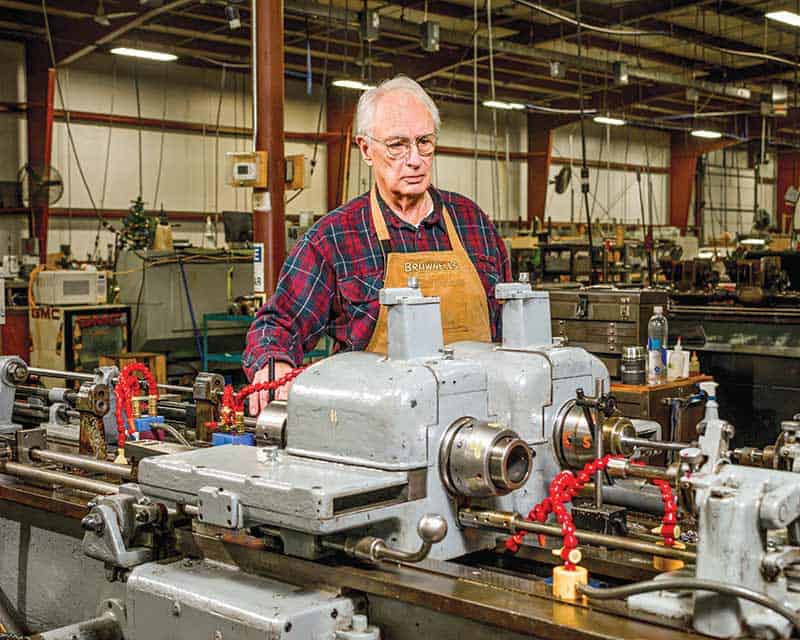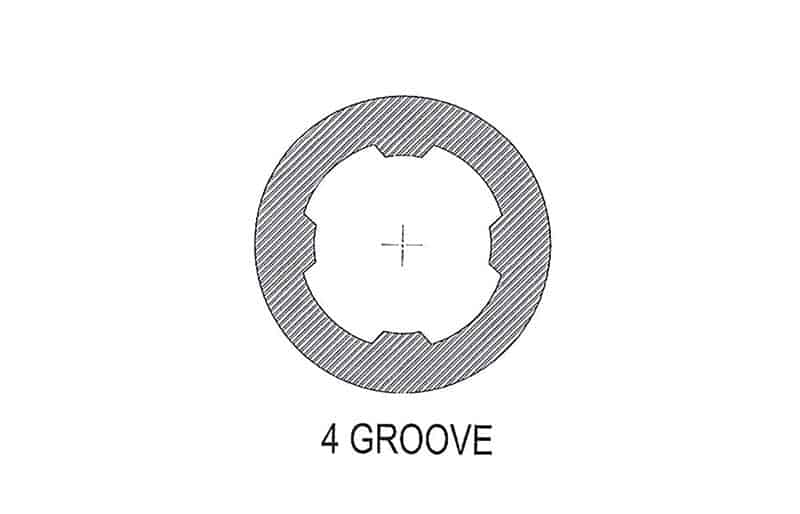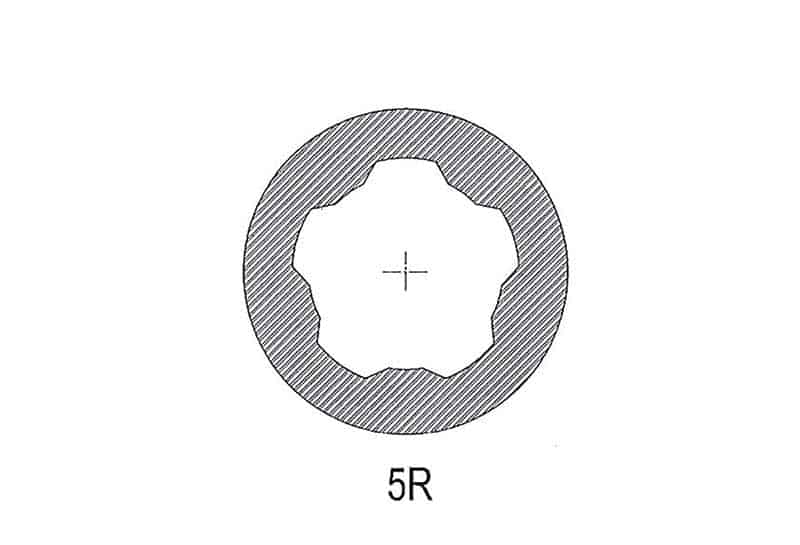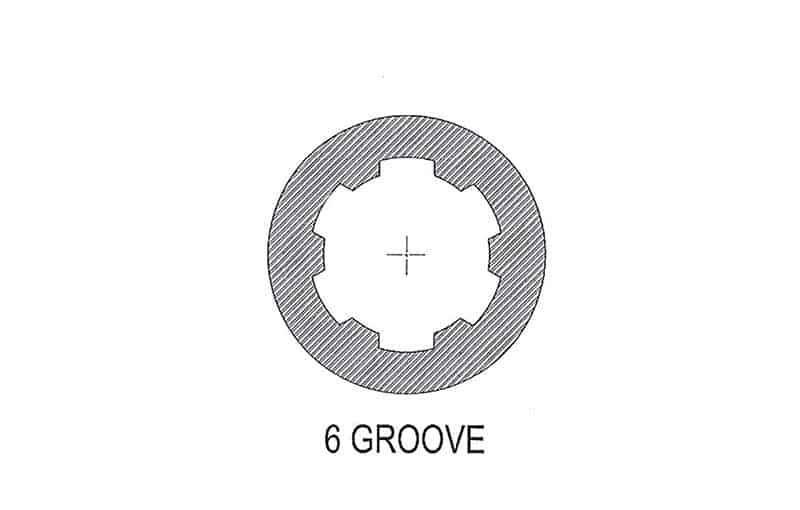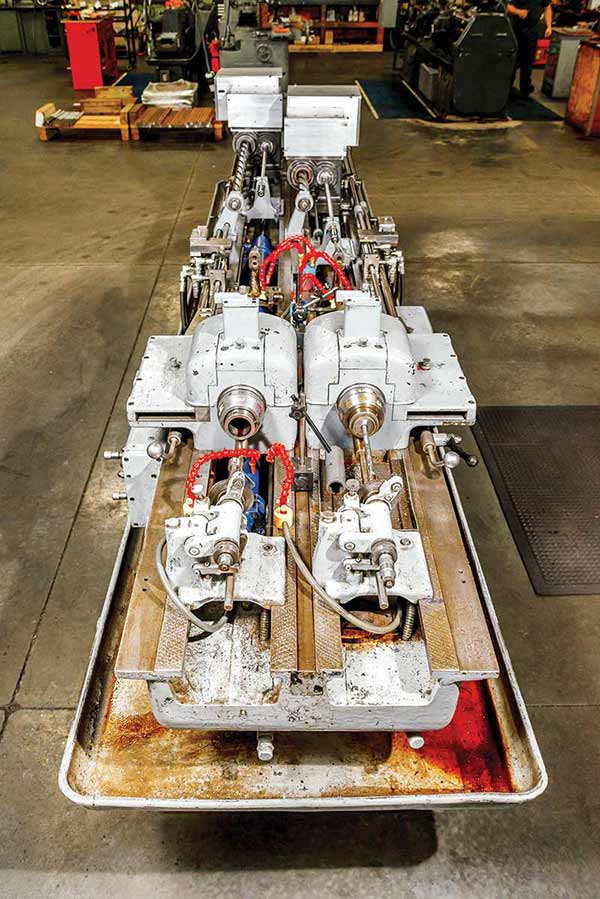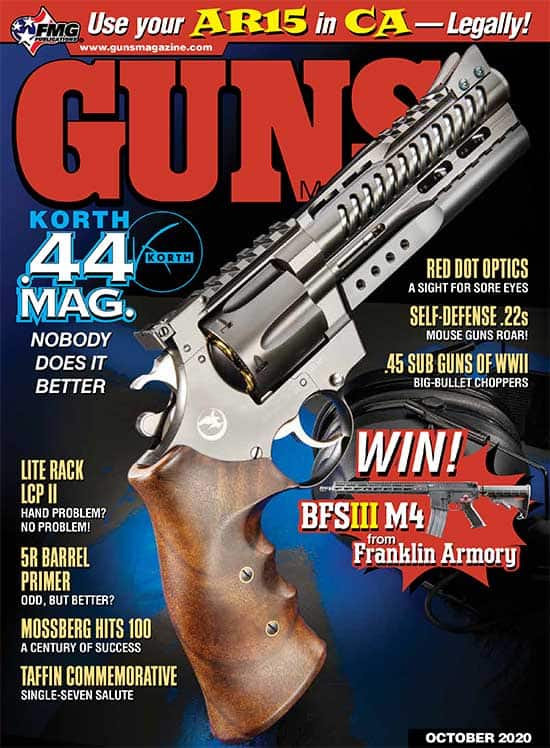The Story
A reporter from Soldier of Fortune magazine had acquired a quantity of Russian ammunition. It was believed at the time Russian ball-powder technology was way ahead of ours. This acquisition presented an excellent opportunity to find out if this was in fact true. The ammunition was sent to Aberdeen Proving Grounds for testing.
The Russian barrels intended for us with the ammunition had what might be called 4-R rifling. The barrels were hammer-forged and had a peculiar slope-sided rifling. The slope-sided rifling was to make the hammer forging process easier by not having to get the steel to flow into the sharp corners at the bottom of the groove. Boots was contacted to make test barrels as his single-point cut rifling lent itself to making odd things such as this rifling form. He also enjoyed doing projects like this and had done things before for Aberdeen.
To properly test ammunition requires test barrels which, as closely as possible, represent the barrels of the rifles using the ammunition in the field. After Boots made the needed test barrels, the end result was not only were the Russians not ahead in their powder technology, they weren’t even up to where we were at the time.
